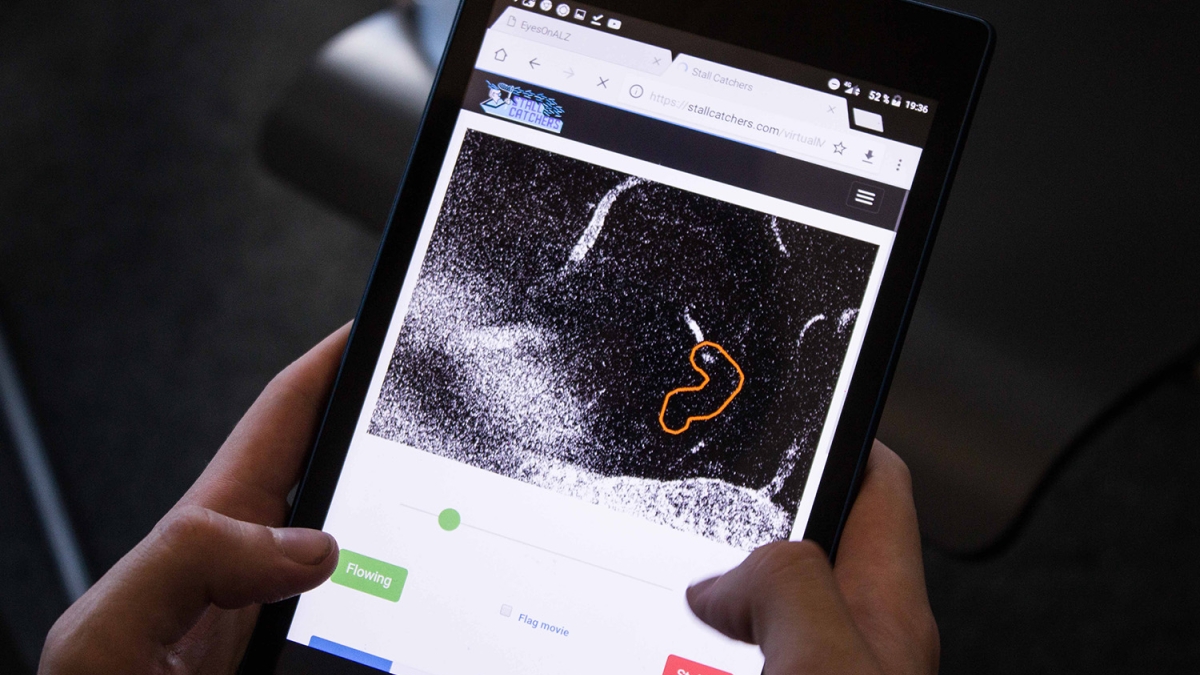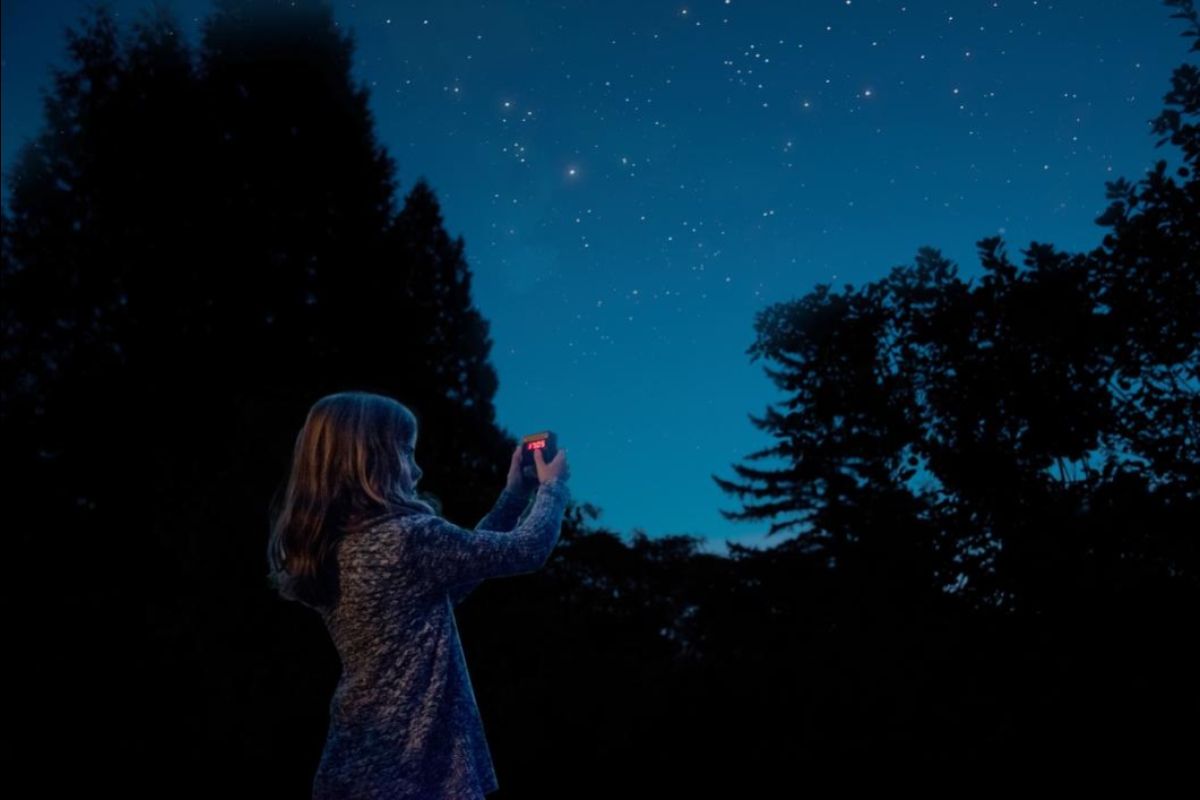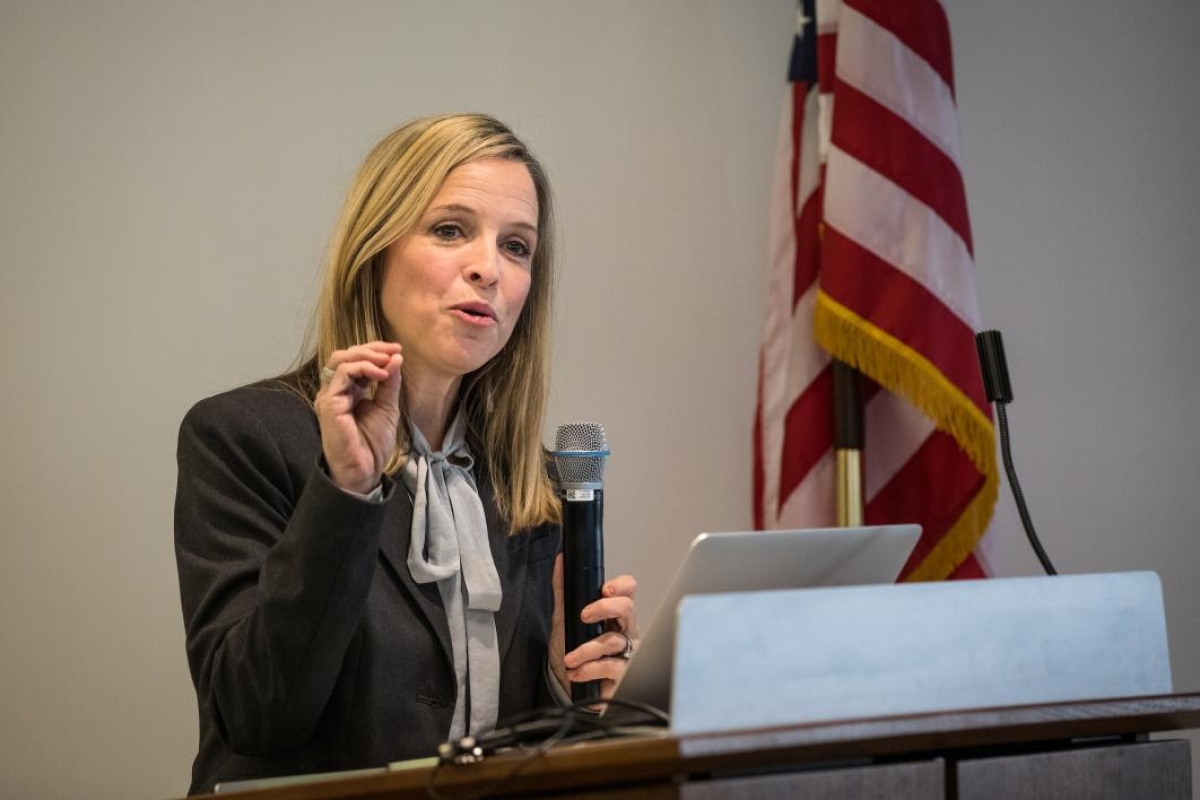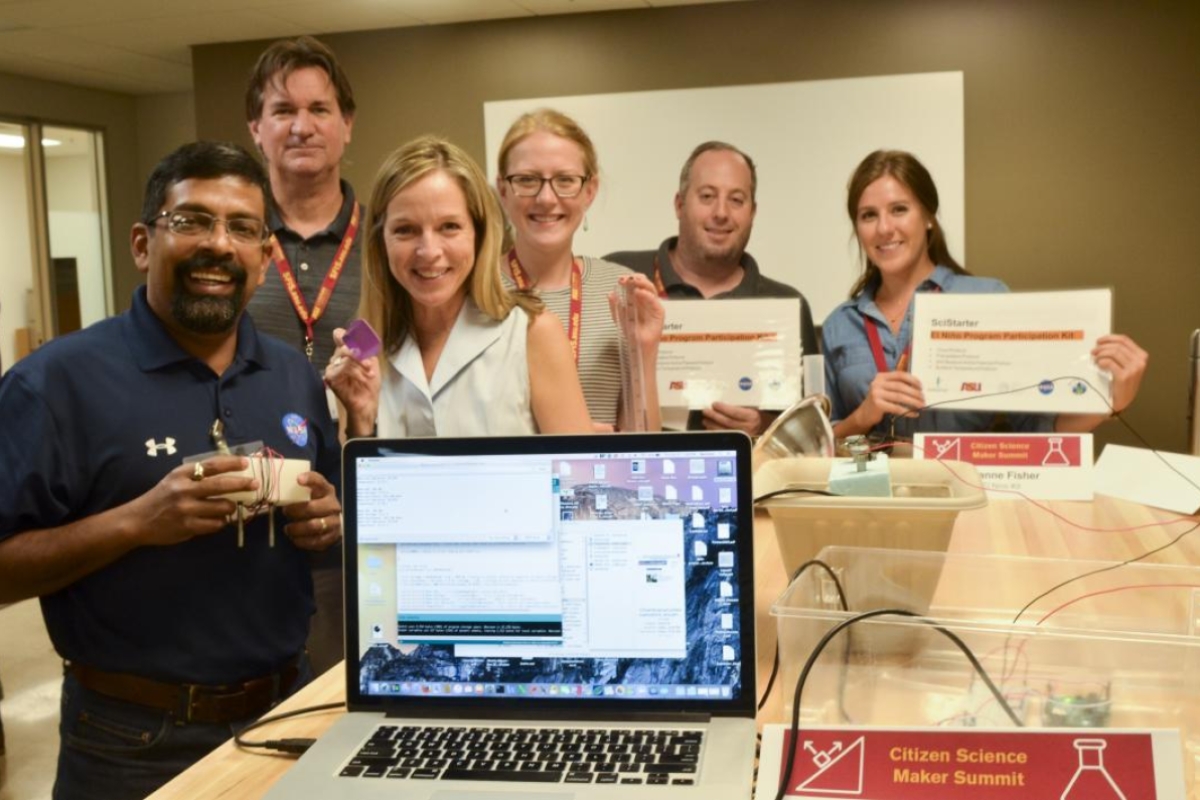From phone apps that measure light pollution to crowdsourced maps that track parasites, the process of collecting scientific data has never been so accessible or so scalable.
“Scientists are looking for information, and people like to contribute. Citizen science is making that happen on a major scale,” said ASU Librarian Dan Stanton, who specializes in citizen science and is coordinating Arizona State University’s participation in the fifth annual Citizen Science Day, a global event scheduled for Saturday, April 13.
Described as a collaborative process between scientists and the public, citizen science relies on public participation and access to tools to spur the collection of data, a process that can take years — sometimes decades — for researchers to complete.
This year, Citizen Science Day will center around a “Megathon” activity called stall catching, in support of data collection for Alzheimer’s research underway at Cornell University using the EyesOnALZ online tool created by the Human Computation Institute. The research explores a connection between the disease and clogged blood vessels in the brain, known as “stalls.” Participants will be asked to “catch” stalls by viewing videos documenting the blood flow in the brains of mice and then scoring blood vessels as “flowing” or “stalled.”
It’s estimated that if 100,000 people come together to participate in the activity, it will save researchers at Cornell one year’s worth of analysis.
“In just one day, we have the power to accelerate Alzheimer’s research by one whole year,” Stanton said. “That’s pretty cool.”
Stanton is inviting people of all ages and abilities to participate. Anyone can join the Megathon from anywhere in the world as long as they have an internet connection and a desire to help mankind.
The ASU Library will be hosting the Megathon at four campus locations. To join the ASU team virtually, register here.
Citizen science wants you!
Yes, you.
You may be like Darlene Cavalier, who lacked a formal science degree yet remained passionate about participating in the scientific enterprise.
Now a professor of practice in ASU’s School for the Future of Innovation in Society, Cavalier went on to found SciStarter, an online platform that connects people and communities all over the world to more than 3,000 citizen science projects.
“I discovered citizen science in grad school and created a project finder to track and write about opportunities for people to engage in science,” Cavalier said. “That project finder became the heart of SciStarter.”
Cavalier leads an interdisciplinary team at ASU that is aiming to position public libraries as key facilitators of citizen science — a strategy that makes sense given the role of libraries as access points to educational resources and one’s local community.
“Libraries are safe, open spaces accessible to everyone,” said Cavalier, who serves on the National Academy of Sciences committee on citizen science. “Citizen science enables patrons to borrow instruments, such as air-quality sensors or rain gauges, and fully engage in projects at home, or to converge at the library to learn about and participate in real science together as a community. Some libraries are installing sensors and equipment on-site, turning libraries into labs!”
Cavalier and her team, including Stanton, were awarded a grant in 2017 from the Institute of Museum and Library Services to develop field-tested toolkits for public libraries to loan out to their citizen science patrons for two-week periods — a pilot project that has resulted in a growing partnership between ASU and six public libraries in the Phoenix metropolitan area. (These libraries will also be hosting Megathons on April 13.)
Additionally, this year, the team was awarded a grant from the National Network of Libraries of Medicine (Pacific Southwest Region) to develop Citizen Science Day resources, support related events in libraries and produce the Librarian’s Guide to Citizen Science, which includes details about the kits.
“There’s been sizable growth in usage of the kits,” said Stanton, who is working with Cavalier and her team to develop the next phase of kits that more strategically address community needs. “We’re hoping to move from the participatory ‘hey, that’s cool’ Phase 1 kits to more ‘use-inspired’ Phase 2 kits that are specific to Arizona.”
The new library kits will include tools that monitor air quality around the Valley as well as wet-dry mapping to measure surface water, an area of concern for Arizona’s water policy and conservation. These and other kits and tools will also be made available to libraries across the country through SciStarter’s new “Build, Borrow, Buy” feature, thanks to a recent grant from Schmidt Futures.
"Citizen science is growing in the United States and globally,” Cavalier said. “Increasingly, citizen scientists help set the research agenda.”
In work that aligns with ASU’s universal learning initiative, Cavalier and Stanton are working to formalize the progress of citizen scientists and their contributions to the research community through the development of a series of assessments for credentialing and certification for students enrolled at ASU as well as lifelong learners.
Additionally, Cavalier is developing more customized, data analytics-driven SciStarter portals for K–16 learning environments, Girl Scouts USA, companies and federal agencies where more people can gain access to curated, supported citizen science experiences and contribute to ongoing knowledge — what Stanton says citizen science is all about.
“Citizen science is educational and participatory. It’s about matching people with projects they can do, projects that interest them, in an effort to bring communities together and make a positive difference,” Stanton said.
The opportunity to contribute to knowledge about Alzheimer’s disease is driving this year’s Citizen Science Day. Those interested in participating are encouraged to get registered and are welcome to join others at any of these four ASU locations from 10:30 a.m. to 12:30 p.m., on Saturday, April 13.
Citizen Science Day coincides with the last day of the American Library Association’s National Library Week.
Top photo: Participants in this year's Citizen Science Day Megathon activity will be asked to “catch” stalls by viewing videos documenting the blood flow in the brains of mice and then scoring blood vessels as “flowing” or “stalled.”
More Science and technology

Podcast explores the future in a rapidly evolving world
What will it mean to be human in the future? Who owns data and who owns us? Can machines think?These are some of the questions pondered on a newly launched podcast titled “Modem Futura.” Co-…
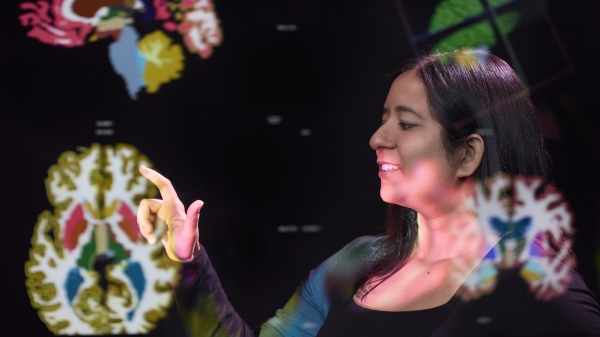
New NIH-funded program will train ASU students for the future of AI-powered medicine
The medical sector is increasingly exploring the use of artificial intelligence, or AI, to make health care more affordable and to improve patient outcomes, but new programs are needed to train…
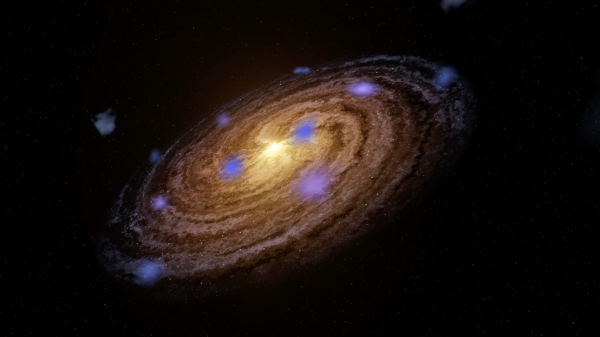
Cosmic clues: Metal-poor regions unveil potential method for galaxy growth
For decades, astronomers have analyzed data from space and ground telescopes to learn more about galaxies in the universe. Understanding how galaxies behave in metal-poor regions could play a crucial…
